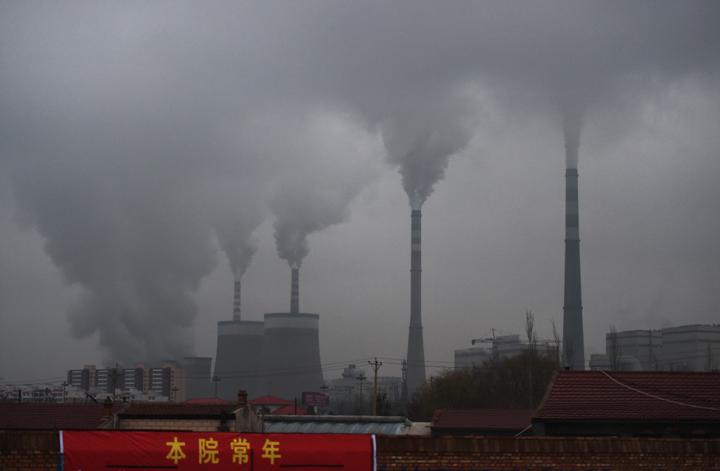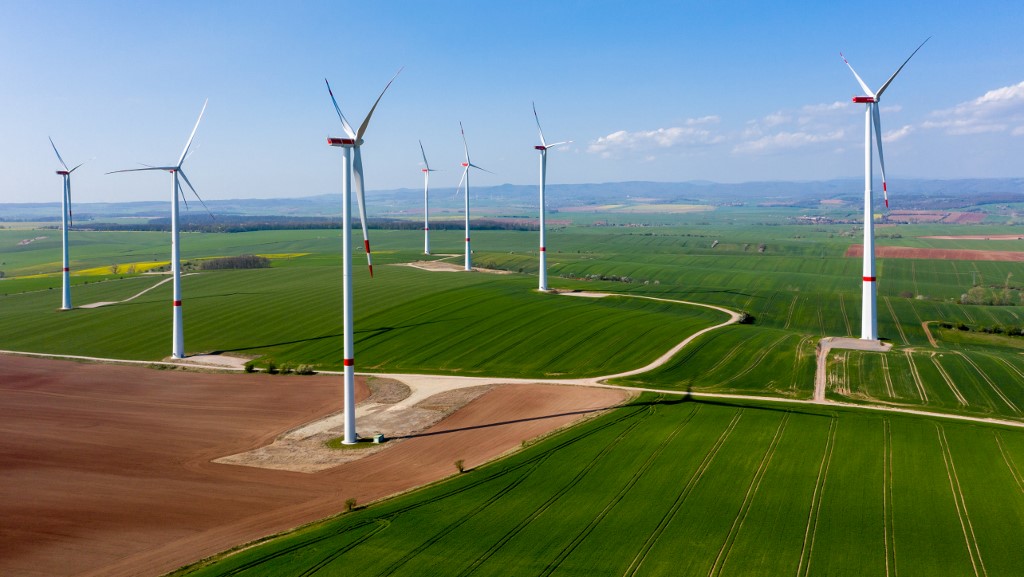(ATF) There have been over 30 million confirmed cases of Covid-19 globally, and the number of active cases continues to rise. As part of the relief effort, governments have spent trillions of dollars to support households and businesses impacted directly or indirectly by the spread of the coronavirus.
Although global active cases continue to increase, the combination of encouraging results from vaccine trials and the end of most government-imposed lockdowns have helped shift attention from relief to recovery.
The global recovery from the economic cost of the pandemic will require trillions of dollars of stimulus and presents us with a unique opportunity. The improving economics of renewable power generation and rise of electric vehicles and green hydrogen mean that it is increasingly possible to de-couple economic growth and carbon emissions. In Asia Pacific, this can provide the opportunity to deploy stimulus to both deliver economic growth and turbo-charge progress on meeting our climate goals.
Two important questions are if the opportunity for a green recovery will be realised and how will stimulus for the recovery be funded?
A green recovery?
The responses from governments towards driving an economic recovery are varied. While some countries or regions have made announcements focused on green investment and climate ambition (including Singapore, Taiwan and South Korea), others have announced plans for stimulus to support carbon intensive business activities that risk locking in high emissions for years to come and is at odds with limiting global warming to well below 2 degrees Celsius.
A notable global example of commitment to a green recovery comes from the European Union. In July 2020 the European Union approved a 500-billion-euro green stimulus package with 30% of funds earmarked for climate action.
Funding the recovery
As the numbers above suggest, the magnitude of the stimulus that will be deployed globally for relief and recovery from Covid-19 is game-changing. To provide some context, based on data from Fitch Ratings, by June 2020 global direct fiscal stimulus in 2020 was already 2x larger as a percentage of GDP than the fiscal stimulus deployed in the wake of the global financial crisis in 2008. This is even before including the 500-billion-euro stimulus package from the EU mentioned above.
Clearly, such large stimulus plans will need to be paid for. Although central banks can play a role in providing the required capital, we see a significant opportunity for green and social bonds to help fund the recovery. This was highlighted by news in September 2020 from the EU that 225-billion-euro of their stimulus package will be funded by the issuance of green bonds.
To put this in context, 225-billion euro is more than the entire global issuance of green bonds in 2019.

Smokes belches from a coal-power station near Datong in China’s northern Shanxi province in November 2015. China’s surprise pledge to slash its carbon footprint to zero by 2060 was met with cautious applause and scepticism, as fresh spending on coal to rev up a virus-hit economy threatens to nullify its bid to lead the push for a low-carbon future. The world needs Asia’s three giants – China, India and Indonesia – to slash their dependence on coal as quickly as possible. Photo: Greg Baker / AFP.
Implications for investors
A green recovery has the potential to turbo-charge not only the chances of meeting the region’s climate goals, but also the financial instruments and industries that will be instrumental in delivering these objectives. This has the potential to create exciting new investment opportunities – however we caution that investors must be diligent when assessing:
1. Issuer or instrument characteristics
There are many definitions globally of what constitutes a ‘green’ investment. For example, the standards set under the EU Taxonomy have material differences to national or regional green investment guidelines in Asia Pacific. Therefore it is important to undertake appropriate due diligence to determine the characteristics of an investment are aligned with the investment objectives.
However, we note that there is an ambition in Asia Pacific to move towards a convergence of standards. For example, while differences remain, China’s update to the green bond catalogue in 2020 made significant progress in this regard. In our stewardship activities, BNPP AM has been actively participating in a number of initiatives in Asia to promote or establish standards aligned with the principles and metrics underpinning the EU taxonomy that are appropriate for the region.
2. Thematic opportunities
A rapidly growing profit pool can present an attractive investment opportunity. However, as highlighted by the solar panel sector in the early 2000’s, rapid expansion of a sector may not always translate into rapid growth of sector profits.
As a result, it is important to be diligent in evaluating underlying business and sector fundamentals.
Although the human and economic cost of the Covid-19 pandemic cannot be underestimated, the recovery presents the world with a unique opportunity to deliver both economic security and to turbo charge progress towards meeting our climate ambition.
This will have material implications for instruments and sectors aligned with the green recovery. With this in mind and as the economics of low or no carbon technologies become increasingly undeniable, it is worth considering a health check for your portfolio.
ALSO SEE: China’s carbon neutral pledge – pipe dream or reality?
China ‘green bonds’ getting a makeover to meet global standards
China to issue 140bn yuan of bonds to make up green power deficit
# Gabriel Wilson-Otto is the Global Head of Sustainability Research and oversees BNP Paribas Asset Management’s (BNPP AM) Environment, Social and Governance Analyst team. He also contributes to BNPP AM’s sustainability research agenda with internal and external parties, while overseeing ESG scoring framework. Gabriel holds a double Bachelor’s degree from the University of Melbourne, majoring in Commerce (Finance and Economics) and Information Systems. He also holds a CFA charter. Previously, he was Goldman Sachs’ Head of GS SUSTAIN Asia for 12 years. During his tenure, he was responsible for leading a team to identify long-term investment opportunities in high quality companies.
























